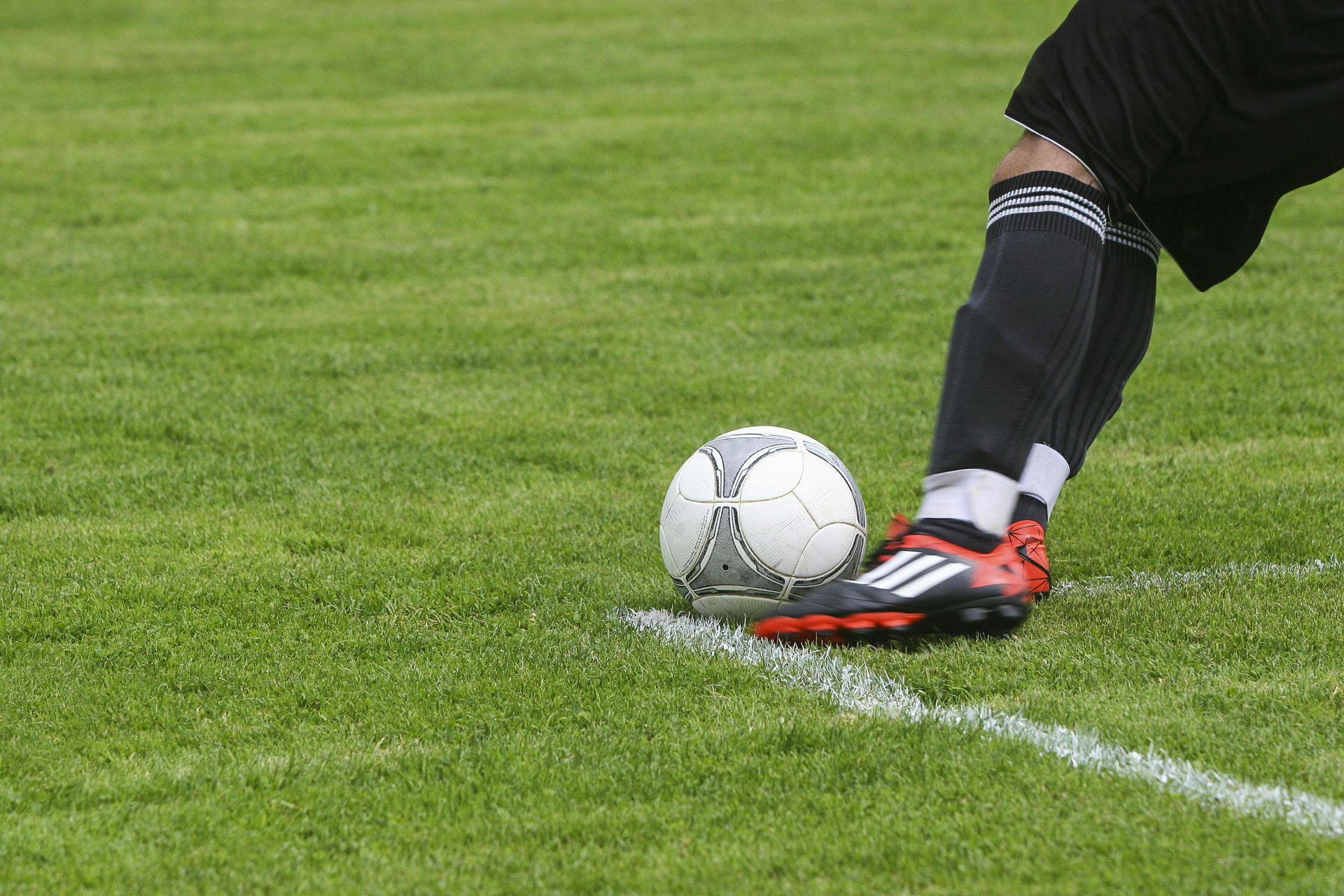Bee and Wasp Stings
Bee and Wasp Stings
In the warm months of the year when children are eager to play outdoors it is important to be aware of the potential for bee and wasp stings. Stings can occur from a honeybee, bumblebee, hornet, paper wasp, or yellow jacket. Over 95 percent of stings are from honeybees or yellow jackets. Bee and wasp stings can be a painful and scary experience for children and their parents. It is important to know how to care for the sting as well as monitor for more serious reactions.
- Try and remove the stinger if present . Only honeybees leave a stinger. You should use a fingernail or credit card edge to scrape it off. Don’t squeeze it to pull it off as this can squeeze out more venom.
- Apply a meat tenderizer . A solution of meat tenderizer and water on a cotton ball can be applied to a sting for 20 minutes (avoid near the eye). This can help neutralize the venom and decrease pain and swelling. If meat tenderizer is not available, you can apply an aluminum-based deodorant or baking soda solution for 20 minutes.
- Over-the-Counter Medications . You may give Acetaminophen or Ibuprofen immediately for pain or burning. If the sting becomes itchy you can apply 1% hydrocortisone cream to the sting 3 times per day.
With bee or wasp stings you can expect severe pain at the site for 1-2 hours following the sting. Itching will often follow the pain. Normal swelling from the venom can increase for 24 hours following the sting and should slowly resolve over the next 7 days. Stings on the upper face can cause severe swelling around the eye, but this is usually harmless. Stings can appear red for several days. Infections rarely occur in stings.
Sometimes a more serious reaction can develop following a sting. Anaphylaxis is a severe life-threatening reaction that can include tightness in the throat or chest, difficulty breathing, cough, or difficulty with swallowing or speech. Anaphylaxis usually starts within 20 minutes and always by 2 hours following a sting. If anaphylaxis is suspected, 911 should be called, and epinephrine should be given if it is available.
More information on bee and wasp stings can be found at the following link: https://www.healthychildren.org/English/health-issues/conditions/from-insects-animals/Pages/Wings-and-Stings.aspx










